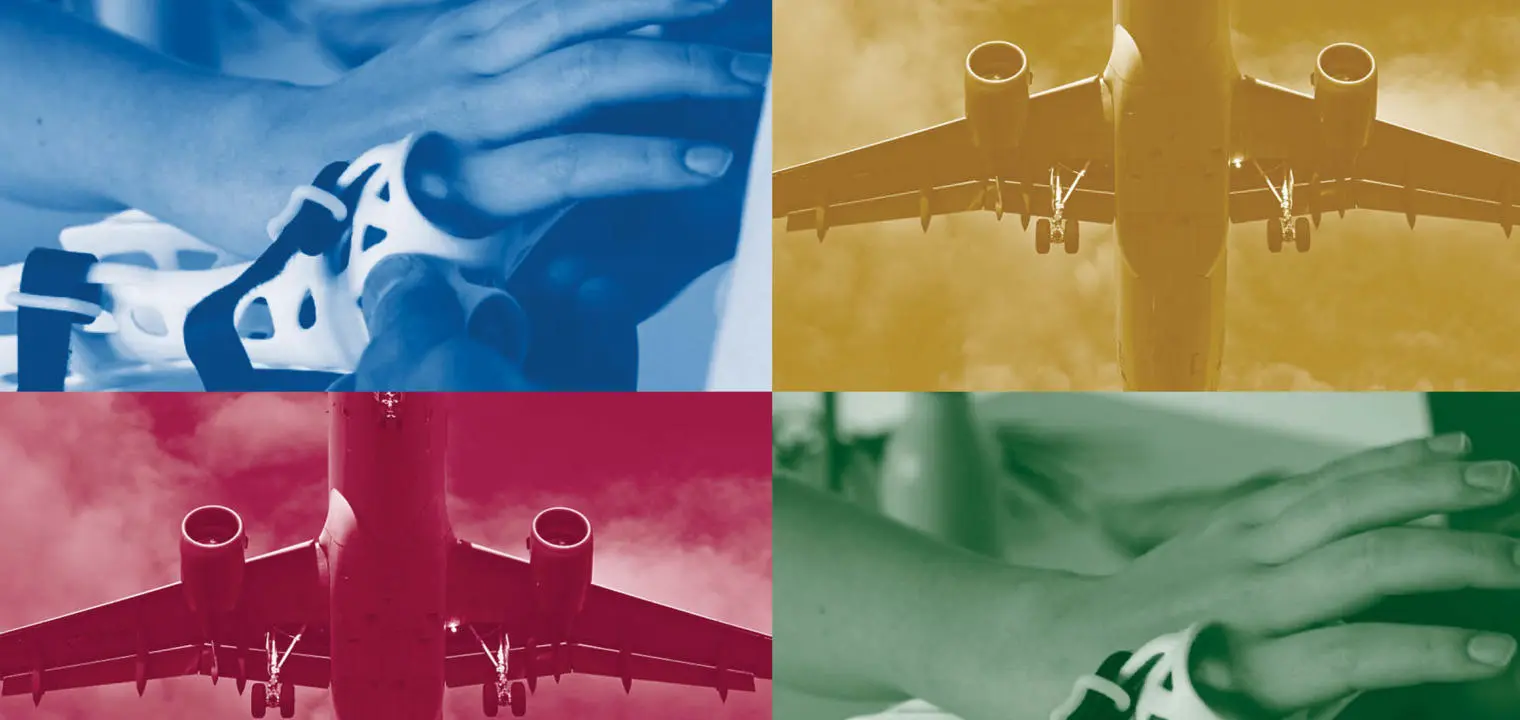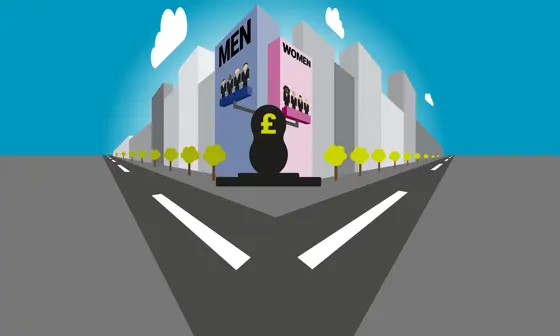We all make mistakes – so how can organisations learn from theirs?

Contents
Making mistakes is part of being human and accidents will inevitably always happen whether at an individual or an organisational level. But how can we learn from our missteps and make sensible decisions about managing risk going forwards?
This is the question Dr Tom Reader from the Department of Psychological and Behavioural Science has tried to address through his work on organisational risk and safety culture.
"As a psychologist, I’m interested in why people make mistakes, the factors that lead to accidents and how organisations can become more resilient," he explains. "Organisational accidents are almost entirely avertable and sometimes can be avoided through very basic human interaction. When many different people across an organisation deal with risk, it can be hard to build up a picture and have oversight into what’s going wrong and how accidents can be averted."
Dr Reader has helped both the healthcare and aviation industries with risk management. In his work with the NHS (alongside Dr Alex Gillespie), the duo developed the Healthcare Complaints Analysis Tool (HCAT) to systematically analyse patient complaints and highlight poor-quality and unsafe healthcare experiences.
A bad sign is a hospital that doesn’t receive many complaints, but the ones they do receive are really severe. This tells you the hospital is not very open and may have barriers to people complaining.
Helping NHS Trusts navigate healthcare complaints
Published in BMJ: Quality and Safety, and freely available, HCAT is a valid and widely used coding framework for helping hospitals and healthcare organisations to understand the types and severity of safety problems reported to them by patients and families.
With NHS Trusts receiving more than 130,000 patient complaints a year, the tool pulls these together into one system thus revealing "hot spots" of problematic care and "blind spots" in service provision not recorded by healthcare professionals. For example, because they take place before admission to hospital – such as cancelled medical appointments – or after discharge, such as a lack of follow up care.
Patients are also uniquely placed to report cases where there is an omission of care such as neglect of patient hygiene. Errors of omission are notoriously difficult for organisations to detect because people rarely observe or report them, and assigning responsibility is difficult.
"Previously, complaints were dealt with on an individual basis and in a quite haphazard way," explains Dr Reader. "In addition, there’s some scepticism as to why people complain in healthcare settings. However, we’ve found that complaints from patients can be very valuable," he notes, adding that receiving lots of complaints is not necessarily a bad thing for an organisation. This is especially the case if the complaints are low level as this means people feel listened to.
Complaints from patients and families are a rich source of insight into how an organisation operates.
"Actually, a bad sign is a hospital that doesn’t receive many complaints but the ones they do receive are really severe. This tells you the hospital is not very open and may have barriers to people complaining," says Dr Reader.
Hospital complaints managers have reported they find HCAT helpful as it gives them a language to describe the complaints they are dealing with and ensure they are taken seriously. When complaints have been pulled together and presented as data, it is much harder for them to be dismissed as one-offs.
HCAT has been adopted in some UK NHS Trusts as well as across Ireland, in Denmark and in some states in Australia and Canada.
Dr Reader believes the tool has had a big cultural impact in healthcare settings. "HCAT has set a language and a framework for discussing complex issues around safety and risk and has put on the radar that complaints from patients and families are a rich source of insight into how an organisation operates. It has changed mindsets from the belief that complaints are something to be reduced, to the idea that they are something to be welcomed," he reasons.
The aviation industry: benchmarking practices essential for safety in the air
Another area where Dr Reader’s work on risk has had a significant impact is in the aviation industry, where poor safety culture can lead to serious aircraft accidents. Although fatal accidents are rare, several mid-air collisions in the early 2000s revealed grave problems in the safety culture of European air navigation service providers.
The aviation safety culture project has changed how the industry operates.
In 2006, EUROCONTROL, the European air traffic management network manager, launched a programme for measuring and improving safety culture and enlisted help from a team of researchers.
Dr Reader’s research involved designing a questionnaire to capture practices essential for safety management in air traffic control. This led to a conceptual model of safety culture and a framework for measuring and exploring safety practices in air traffic control organisations.
The research culminated in the creation of a benchmark for safety culture across the global air traffic management industry which now represents the standard for measuring safety culture in aviation. This benchmark provides a mechanism for EUROCONTROL to engage with national organisations on safety culture, to monitor safety and to make recommendations for improving safety. It has led to significant improvements in safety communication, collaboration, and incident reporting.
"The aviation safety culture project has changed how the industry operates," notes Dr Reader who explains that although the industry was already doing a lot of work to improve safety it needed some help changing conversations and encouraging a more transparent culture.
The project has been so successful that many aviation organisations now run their own surveys and there is less need for academic input. One area where Dr Reader is still involved, however, is in the development of a safety culture app which will operate as a pulse phone survey enabling safety managers to dynamically monitor potential areas of concern.
Alongside his work on the app, Dr Reader is still working on HCAT and is planning to expand the concept into other sectors such as banking to highlight areas of concern through complaints.
As long as people are unhappy with outcomes and complaints are being made, insight and valuable information can be gathered, regardless of the industry.
Download a PDF version of this article




